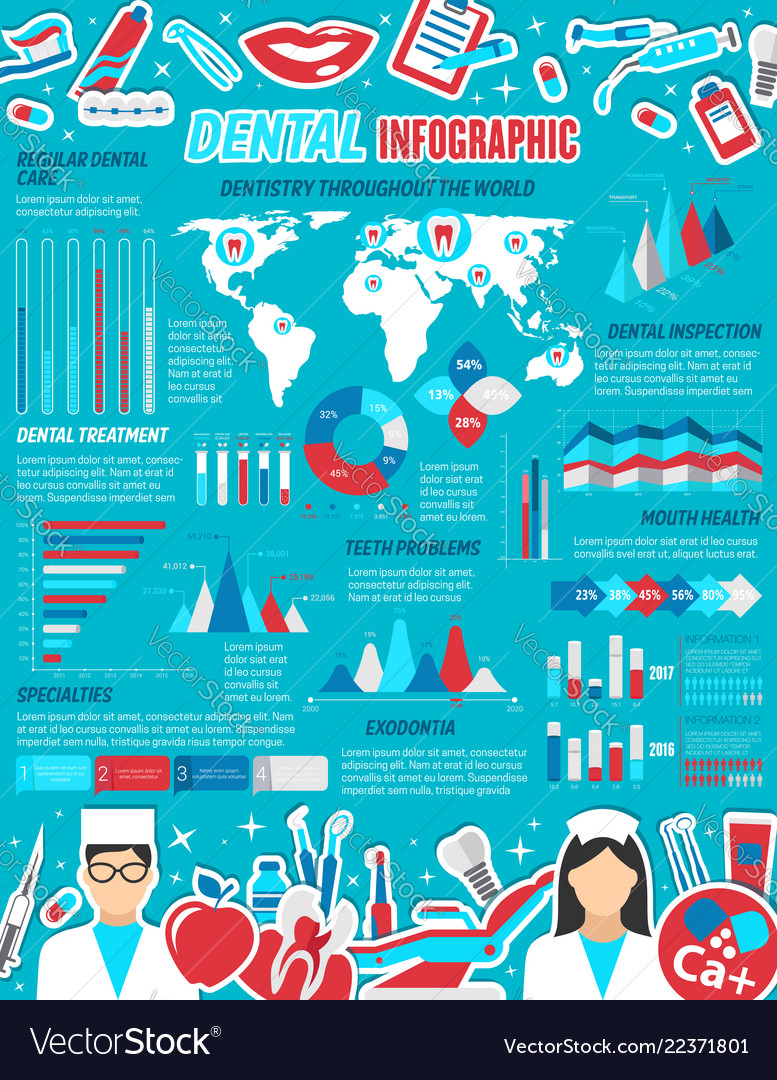The Evolution Of Dental Surgery: Arising Advancements And Growths Changing The Self-Control
The Evolution Of Dental Surgery: Arising Advancements And Growths Changing The Self-Control
Blog Article
Write-Up Created By-Borg Mccall
Invite to the globe of dental surgery, where technologies and breakthroughs are forming the future of the area! In this amazing realm, you'll witness the transformative power of robotics, the innovative marvel of 3D printing, and the game-changing effect of minimally intrusive techniques.
The future of oral surgery holds an assurance of accuracy, effectiveness, and enhanced patient end results. With the help of innovative robotics, doctors are able to perform intricate treatments with better accuracy and control.
3D printing technology is reinventing the development of oral implants and prosthetics, supplying personalized solutions that fit effortlessly into each client's special composition.
Furthermore, minimally invasive strategies are decreasing post-operative pain and recuperation time, enabling people to return to their daily lives earlier.
Prepare yourself to explore the interesting technologies and advancements that are improving the landscape of dental surgery!
Developments in Robotics
One major improvement in oral surgery is using robotic modern technology, which permits accurate and efficient surgeries. With the help of robotic systems, dental surgeons have the ability to execute complex surgeries with enhanced accuracy, minimizing the threat of human mistake.
These robotic systems are furnished with advanced imaging modern technology and precise tools that enable cosmetic surgeons to navigate through detailed physiological frameworks easily. By using robotic technology, surgeons can achieve greater surgical precision, causing boosted client outcomes and faster recovery times.
In https://caton-and-taylor-gainesvi73950.howeweb.com/33636789/how-long-do-oral-implants-last-variables-that-influence-durability , the use of robotics in oral surgery enables minimally invasive procedures, decreasing the injury to bordering cells and promoting faster healing.
3D Printing in Dental Surgery
To enhance the area of oral surgery, you can discover the subtopic of 3D printing in oral surgery. This ingenious innovation has the prospective to reinvent the means oral cosmetic surgeons operate and deal with individuals. Below are four key methods which 3D printing is shaping the field:
- ** Custom-made Surgical Guides **: 3D printing permits the production of highly exact and patient-specific surgical overviews, enhancing the accuracy and efficiency of treatments.
- ** Implant Prosthetics **: With 3D printing, oral doctors can create customized dental implant prosthetics that flawlessly fit a client's unique composition, leading to far better outcomes and patient fulfillment.
- ** Bone Grafting **: 3D printing enables the manufacturing of patient-specific bone grafts, decreasing the need for standard grafting methods and improving healing and recovery time.
- ** Education and learning and Training **: 3D printing can be made use of to produce reasonable surgical models for instructional objectives, allowing oral specialists to practice intricate procedures prior to doing them on individuals.
With https://www.latimes.com/business/la-fi-straighten-teeth-20180921-story.html to enhance precision, personalization, and training, 3D printing is an exciting growth in the field of oral surgery.
Minimally Intrusive Strategies
To further advance the field of oral surgery, embrace the capacity of minimally intrusive strategies that can substantially benefit both doctors and clients alike.
Minimally intrusive methods are changing the field by minimizing medical trauma, decreasing post-operative discomfort, and speeding up the recuperation procedure. These techniques entail using smaller sized incisions and specialized tools to do procedures with precision and effectiveness.
By utilizing sophisticated imaging modern technology, such as cone beam computed tomography (CBCT), specialists can precisely prepare and execute surgical treatments with marginal invasiveness.
Furthermore, using lasers in oral surgery permits precise cells cutting and coagulation, causing decreased bleeding and decreased recovery time.
With minimally intrusive techniques, individuals can experience quicker recovery, decreased scarring, and improved end results, making it an essential facet of the future of oral surgery.
Conclusion
So, as you can see, the future of dental surgery is incredibly promising, with amazing advancements and advancements forming the field.
From the advancements in robotics to the use of 3D printing and minimally intrusive methods, oral surgeons are transforming the method they provide treatment.
While some might fret about the prospective cost associated with these advancements, it is very important to bear in mind that these innovations ultimately improve client outcomes and reduce healing time, making them well worth the investment in the long run.
